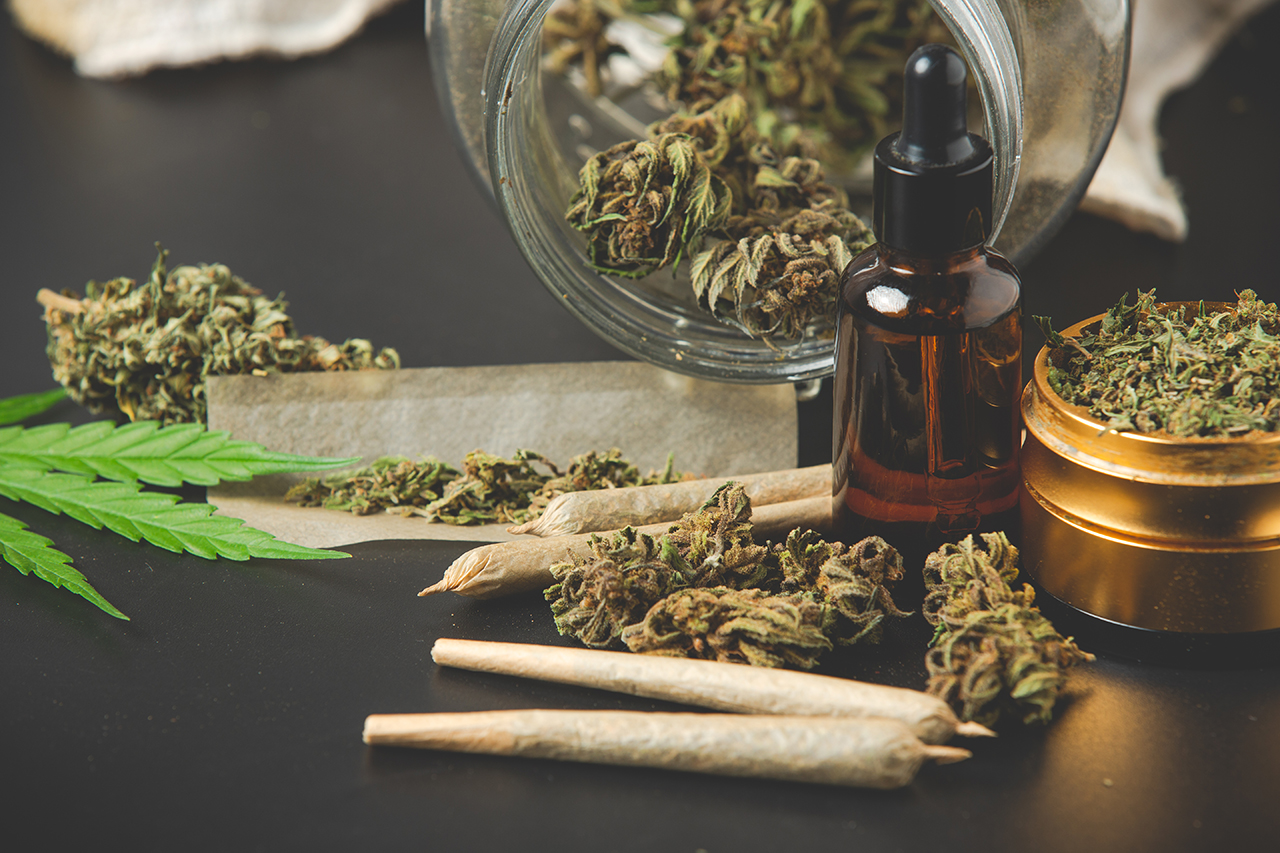Cannabis, commonly known as marijuana, is a plant that has been utilized for thousands of years for various purposes. It primarily contains compounds called cannabinoids, with tetrahydrocannabinol (THC) being the most well-known for its psychoactive effects. Cannabis is cultivated in many parts of the world, including North America, South America, Europe, and Asia. Traditionally, it has been used for medicinal, recreational and industrial purposes, such as producing hemp for textiles and paper.
The therapeutic benefits of cannabis are gaining recognition, especially in managing chronic pain, nausea and certain neurological disorders. In recent years, many countries and states have legalized its use for both medical and recreational purposes, contributing to a growing industry. However, while cannabis may offer benefits when used responsibly, misuse or abuse cause significant health concerns.
If cannabis is not used properly, it may have detrimental effects on the human body. Studies indicate that excessive use leads to addiction, with approximately 9% of users becoming dependent on it, a figure that rises to about 17% among those who start using in their teens. Long-term abuse impairs cognitive functions, affecting memory, attention span and learning abilities. Furthermore, cannabis smoke contains harmful toxins similar to those found in tobacco smoke, posing risks to lung health.
Globally, the rise in cannabis use has prompted discussions about public health. In the United States, for instance, emergency room visits related to cannabis have increased, reflecting concerns over its potency and the prevalence of edibles, which lead to accidental overdoses.
In conclusion, while cannabis has potential benefits, it is crucial to approach its use with caution. Education and responsible consumption are key to minimizing risks and maximizing its positive effects on health.
